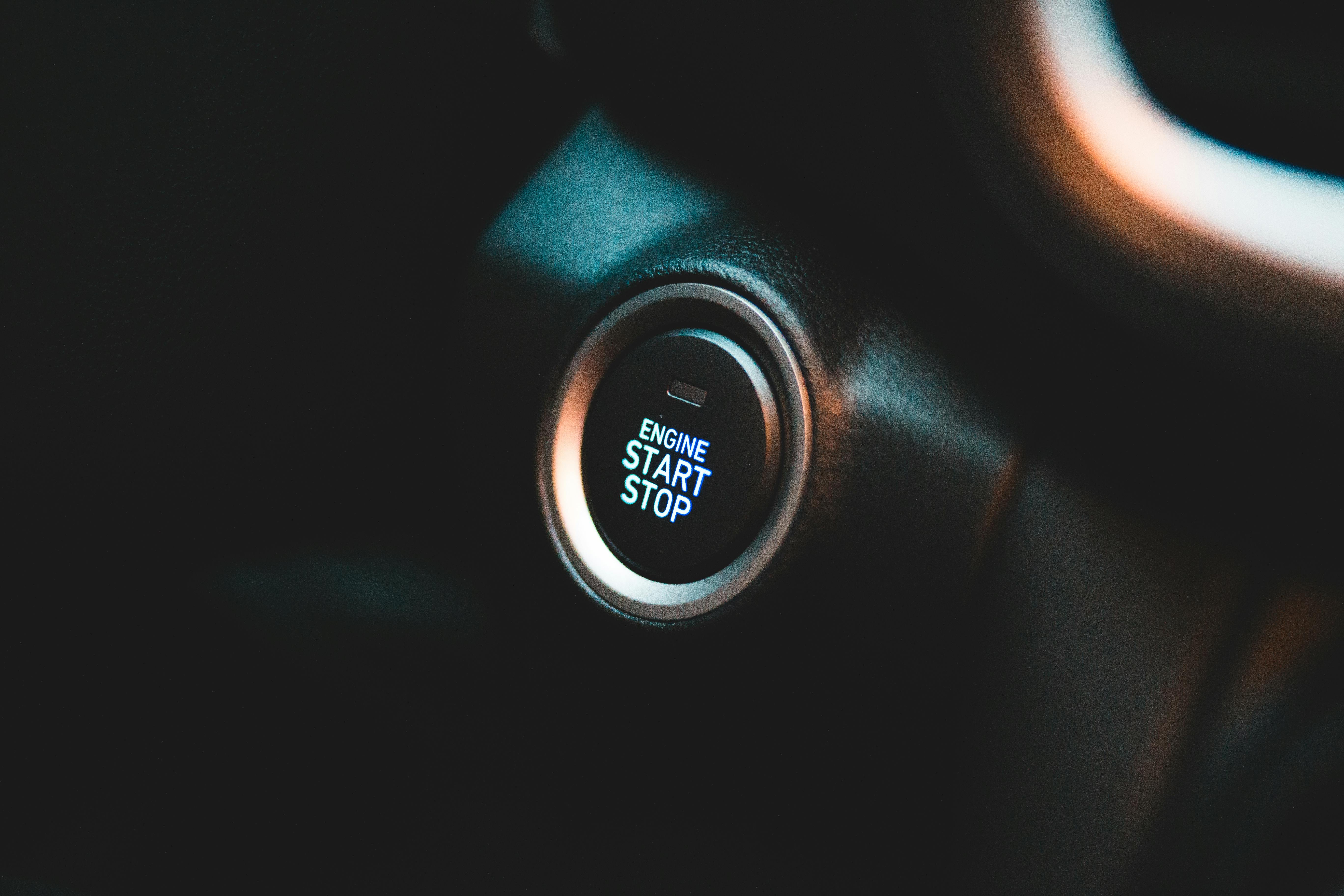In the field of car sales, key performance indicators (KPIs) are king: all possible sales statistics are monitored, from customer visits, test drives, sales, deliveries and financial penetration, etc. and now customer satisfaction. These KPIs are benchmarked to provide an industry/dealer performance standard.
It is believed that each KPI has a correlative effect on each other, in the sense that the more people see, the more test drives, the more you sell: it is as marketers say, ‘a numbers game’.
Now we think we can reverse the algorithm and make the KPIs do the work. By providing exemplary customer service, a customer becomes a net promoter, an advertisement, and an advocate for the company.
All we have to do is sit back and wait for satisfied customers or ‘Net Promoters’ to drive new customers, soon to be satisfied and become Promoters, into our businesses and reap what has been sown.
A perfect scalable and self-sufficient business model or have the vendors been sold a lemon?
What is Net Promoter Score?
In recent years there has been an increase in the use of Customer Satisfaction Surveys and reliance on the ‘Net Promoter Score (NPS)’, particularly in car manufacturers and retailers.
NPS is a question within a customer satisfaction survey, where the customer is asked to rate on a numerical scale from 0 to 10 how likely they are to recommend the retailer to someone else.
The resulting score is applied to the following three categories:
· Score of 9-10 Promoters – those who will actively recommend the retailer
· Score of 7-8 Passive – the ambivalent objective of the clients about the satisfied recommendation
· Score of 0-6 Detractors – dissatisfied customers actively dissuading others
The theory
At first glance, NPS serves as a more relevant barometer of customer service levels in that the customer is not only completely satisfied, but so elated that they will sing the praises of the retailer at every opportunity.
However, it has become a key economic indicator of the organization’s future financial health and an aid in predicting future sales.
In essence, NPS is a ‘rebranding’ of a theory espoused long ago by economists that certain key data, such as employment statistics, have a ‘procyclical’ correlation with the broader financial health of a country. Simply put, if a country is creating jobs, there will be an increase in personal spending that will be reflected in retail sales.
Three problems:
1. The problem with NPS, at least within the automotive retail sector, is the tendency to manipulate statistics.
Employees have been trained on how to ask, persuade, or even incentivize customers to “tick” box 9 or 10 in an effort to mask any real or underlying “service” issues and keep the employee and retailer out of the picture. critical view of the manufacturer. .
2. Even if the retailer provides exceptional service and the satisfied customer genuinely and willingly ‘marks’ 10, is there really a correlation with increased future sales?
It is fair to conclude that a 10 in NPS cannot be compared in good conscience in terms of its value as an indicator of additional job creation in the market. There is simply no predictive evidence to prove the relationship, unlike the straightforward algorithm of a person making money, spending money, and thus increasing retail sales.
3. Finally, why is there no correlative proof or proof at all? Instead, we as potential customers, ‘how did they find out about us?’ and then provide them with a dropdown list of options.
Surely we would like to apply a more technical approach like the one used in Google+ for example or other social networks, where through the power of technology the relationship between customers becomes evident.
Solution
Get back to basics.
Let’s forget for a moment the tangible benefit of NPS or not, as the case may be, and consider the original premise behind car sales.
It used to be said that a retailer could make more profit from a customer over the three years after they bought their car than was made from the original sale.
Therefore, the focus should not be on who the customer can refer to the retailer, but rather on how often they themselves return to the retailer.
The good news is that we have the ability and relatively simple technology to measure real customer loyalty and leverage the data as a real key economic indicator.
No place to hide
Perhaps, obviously, the introduction of ‘loyalty cards’ would electronically track customer behavior and reward them for it, but for unknown reasons it has yet to reach dealer groups. However, there is a more rudimentary solution.
1. We download vehicle sales data for a given year and filter the information to include purchase date, customer name, vehicle registration number, and net profit.
2. We cross-checked that data with data from three years after the purchase to determine if and when customers bought again.
3. We then cross-check the data with the service and parts department to indicate how often customers frequent the stores.
Results
If the retailer is brave enough, they could reach out to those customers who never came back after their first visit and ask why, to get a real insight into customer service.
However, the results of running this experiment with various retailers, who will of course remain anonymous, have been surprising.
There is no questioning their determination and ability to win new customers and sell lots of cars, hours, parts and finances but they certainly make it hard work for them.
But in that sense, they are a one-trick saleshorse and would be better off focusing some of their efforts on learning and training about customer behavior and retention.
The mystery of the KPI’s




Recent Comments